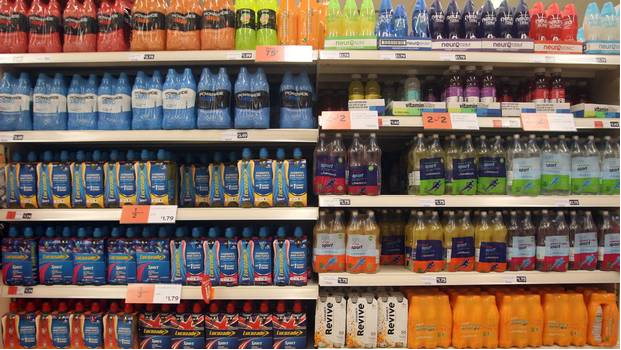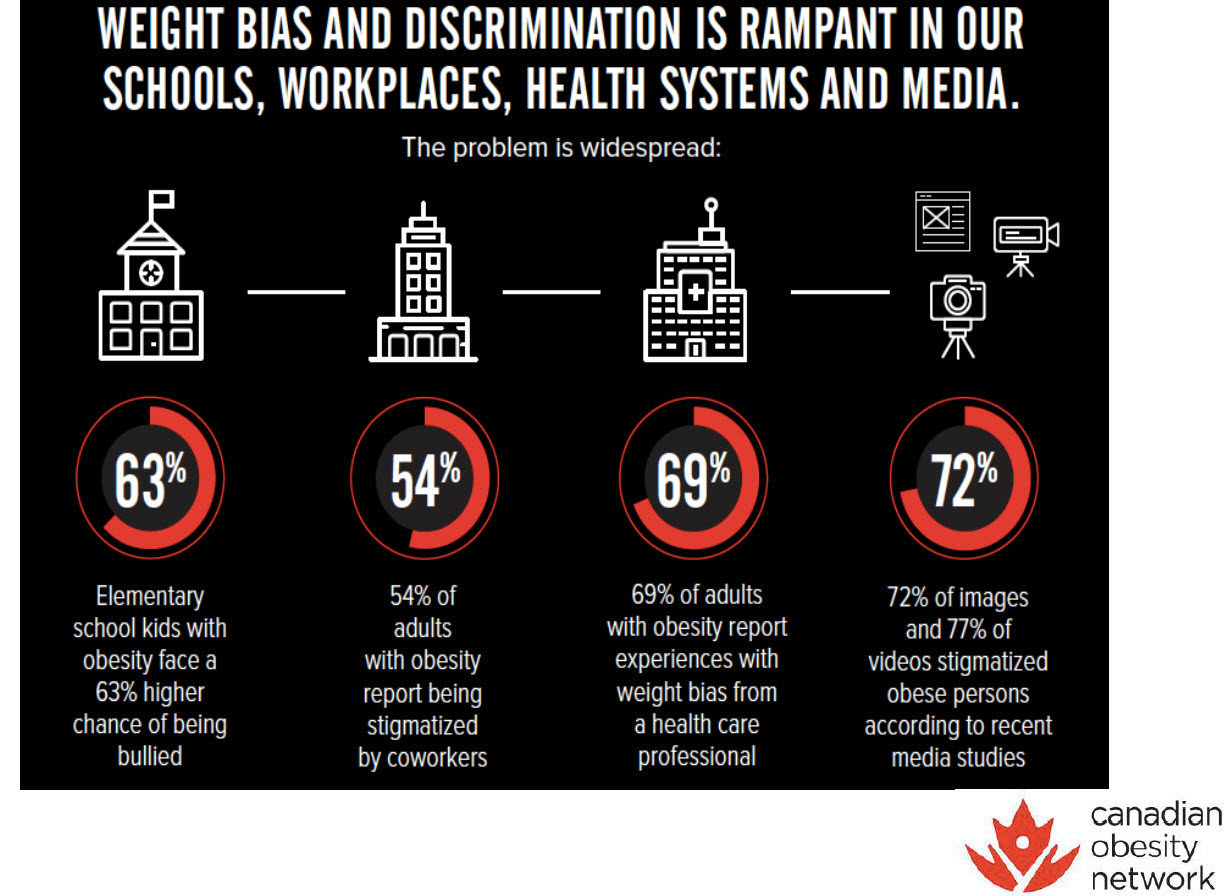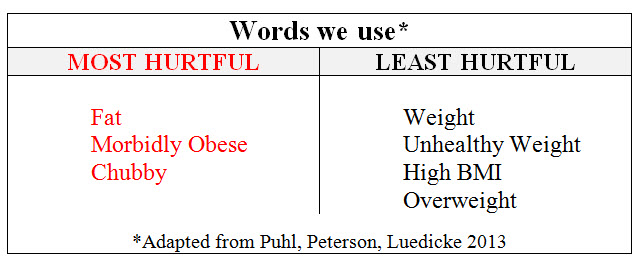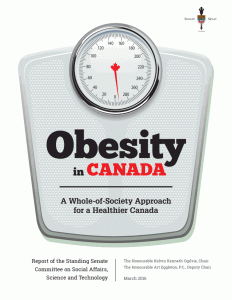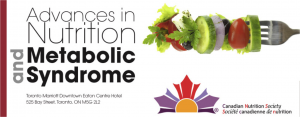
Our world is facing disruption and uncertainty. Yet in this changed world people seek to nourish their bodies to the best of their ability. Consumers have re-evaluated their food and nutrition priorities and in this post we take a closer look at what this means for your business. We joined virtual global conferences including SIAL 2020 and reviewed top notch research articles to study the future of food innovation. Here is our translation of the 5 growing trends in food innovation that will impact all food and nutrition professionals for the next 5-10 years to come.
- Covid 19 disruption in food purchasing
- Clean label
- Plant based
- Food safety
- Well-being and immunity
1 Covid 19 disruption in food purchasing
Consumers are looking for new ways to meet their food needs. Less time spent in grocery stores and restaurants means convenience and personalized shopping is essential.
Digital-age solutions are transforming the way grocery stores, food retailers and restaurants operate. Pandemic-impacted brands must adapt and power through by branching out of traditional platforms to sustain consumer engagement. Discount chains are offering more food brands and premium brands at better value. Have you seen groceries in dollar stores yet? They are priced as close to a dollar as possible.
The line between retail and restaurants continues to blur. A completely new restaurant concept dubbed as a ‘dark kitchen’ or ‘virtual kitchen’ is rising. These kitchens sell meals exclusively through delivery – no eating in, seating or serving is involved. Virtual kitchens cook purely for delivery so the food that is produced there must be transported and enjoyed elsewhere. Third party delivery and distribution channels enable these food businesses to connect with consumers quickly and effectively.
2 Clean labels
Consumers continue to seek clean labels. Although undefined by regulators, shoppers consider ‘clean label foods’ to have familiar sounding ingredients and made simply using fewer ingredients. Various claims are also sought after including ‘organic’, ‘free from’ and health-related benefits like reduced sugars. Product innovations across all categories are now sharing messages about minimal processing and fewer chemicals as consumers don’t want to see labels packed with additives to extend shelf life. Some consumers are also evaluating foods’ environmental impact based on climate change and land / water use.
In our work with clients we collaborate with them to simplify food labels and provide meaningful, legally sound claims that address clean-label project goals.
3 Plant based
Gone are the days when plant based was just an ‘alternative’. Plant-based foods are successfully crossing over into the mainstream and becoming a regular part of people’s diet. More and more consumers are looking to limit meat or dairy intake based on deeply held values such as ‘eco-health’ or ethical reasons.
This macro trend is driving innovation for dairy and meat substitutes and fish/shellfish alternatives are expected to follow. The key ingredient of interest in food innovation for plant-based foods and beverages is protein, a trend that continues to remain strong. Consider the variety and diversity of plant based sources of protein including a larger selection of grains and cereals. Consumers are also expecting great taste and an eating experience that is beyond imitation.
What’s holding your plant-based food innovation back from crossing over to the mainstream? As dietitians and food experts we empower our clients to make plant-based foods an everyday healthy choice.
4 Food safety*
Ensuring high food safety standards is becoming a greater concern as people focus on keeping illnesses at bay. Although there is no evidence to suggest that food is a likely source of transmission of the Covid19 virus it’s critical that all stakeholders protect food safety, animal health, plant health and market access. Everyone has a role to play to bolster and safeguard food. Canadian Food Inspection Agency (CFIA) is committed to appropriate oversight of domestic production and imported food products. Agri-food stakeholders, including farmers are providing safe food for consumers and managing the supply chain. Culinary professionals and consumers should continue to follow good hygiene practices during food handling and preparation including:
- Wash your hands regularly
- Clean and sanitize food preparation surfaces including chopping boards and countertops
- Clean fruit and vegetables before eating, cutting, cooking and wash them under running water. (Do NOT use soap or detergents or other chemicals on food.)
- Keep fruits and vegetables separate from raw foods that come from animals such as meat poultry and seafood. Avoid potential cross-contamination between cooked and uncooked foods
- Cook meat thoroughly and use a meat thermometer to ensure safe cooking temperatures
More information about food safety is available at our previous post here or consult Health Canada’s website for food safety tips.
* Source: Health Canada, CFIA, CDC
5 Well-being & immunity
Research shows that many consumers have at least one health goal they are looking to reach and are actively seeking healthier foods. Well-being is a common goal and functional ingredients, like prebiotic fiber and slow-release carbohydrates are setting the stage for wellness foods. This is good news and we applaud food makers to evaluate and re-formulate as needed to provide healthier food choices and optimise nutrient density.
During the pandemic many consumers are seeking functional ingredients to boost immunity. Good nutrition is essential along the journey towards supporting immunity. There are many articles about how this claim will be growing in the future and we caution food makers in the way they approach immunity. Careful consideration must be given to maintaining the integrity and credibility of the statements as food makers formulate food and drinks to empower consumers’ lives. Contact us for credible and legally sound advice on food labelling and claims.
| Nutrition for NON-Nutritionists Services www.n4nn.ca |
| |
|
| |
- Food innovation and labelling support
|
| |
- Trends, innovation & strategic marketing
|
| |
- Monthly community newsletter (sign up here)
|
| |
- Social media tips and sparks (follow us @Nutrition4NonN)
|

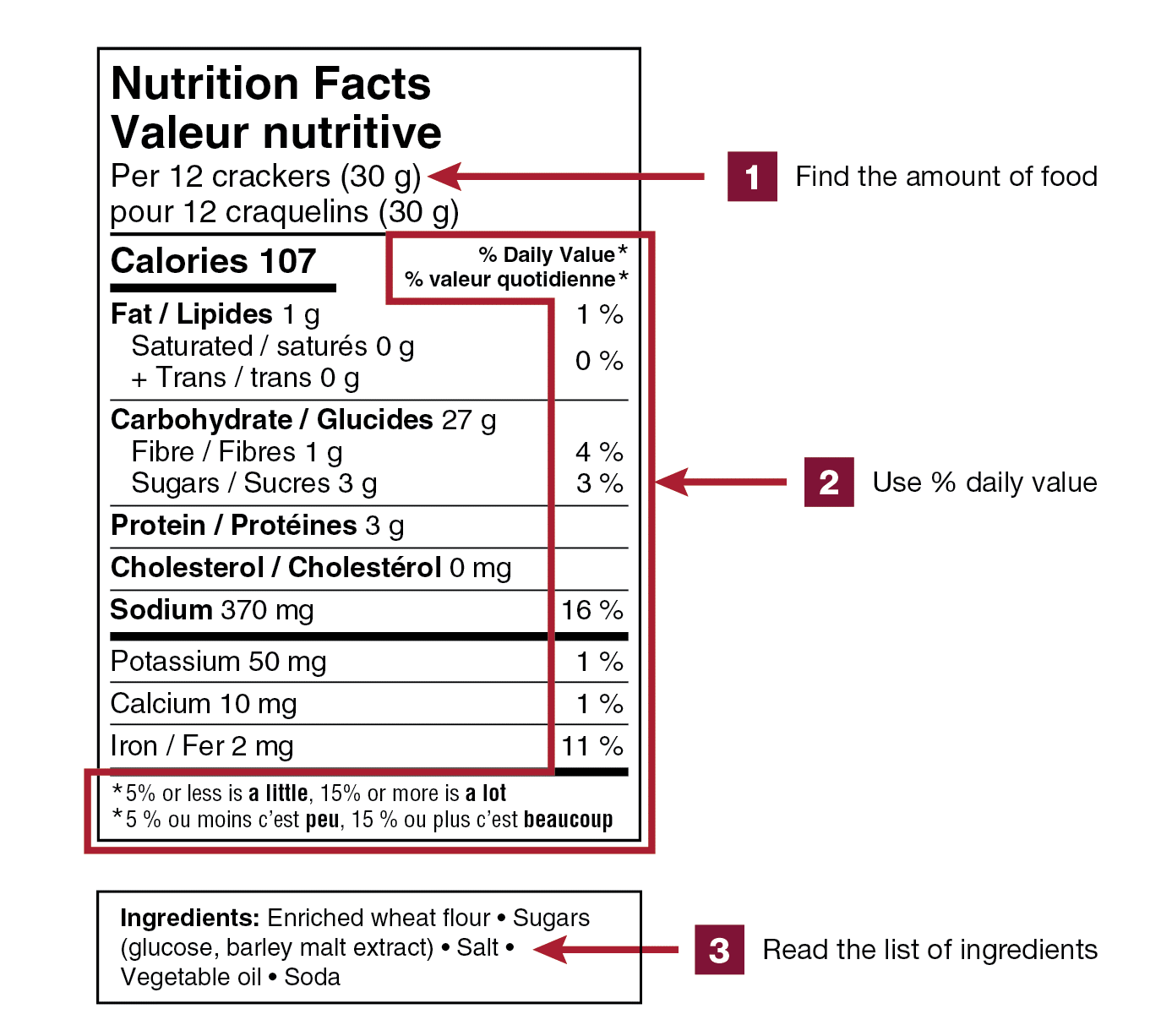







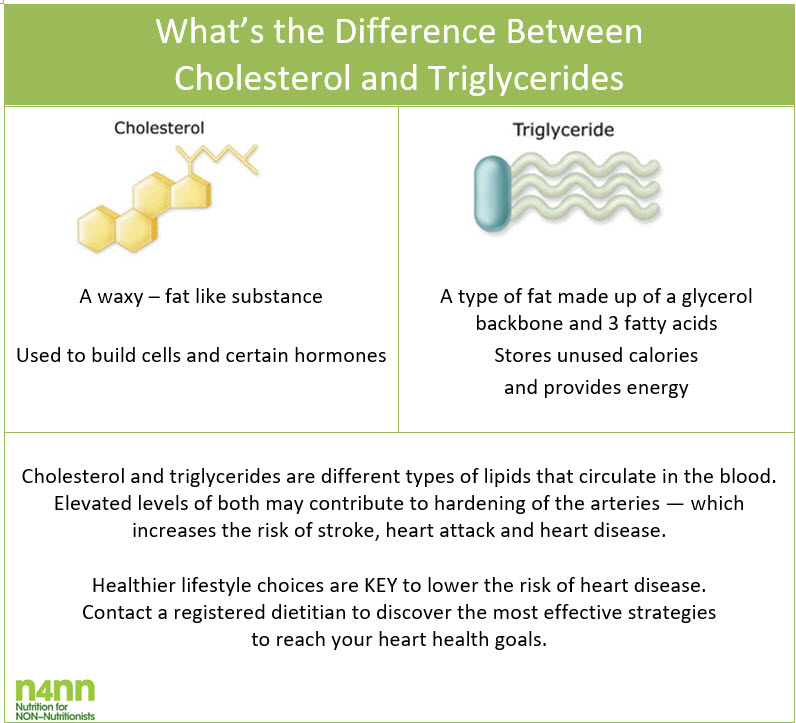
 L.Weiler, Canva
L.Weiler, Canva








